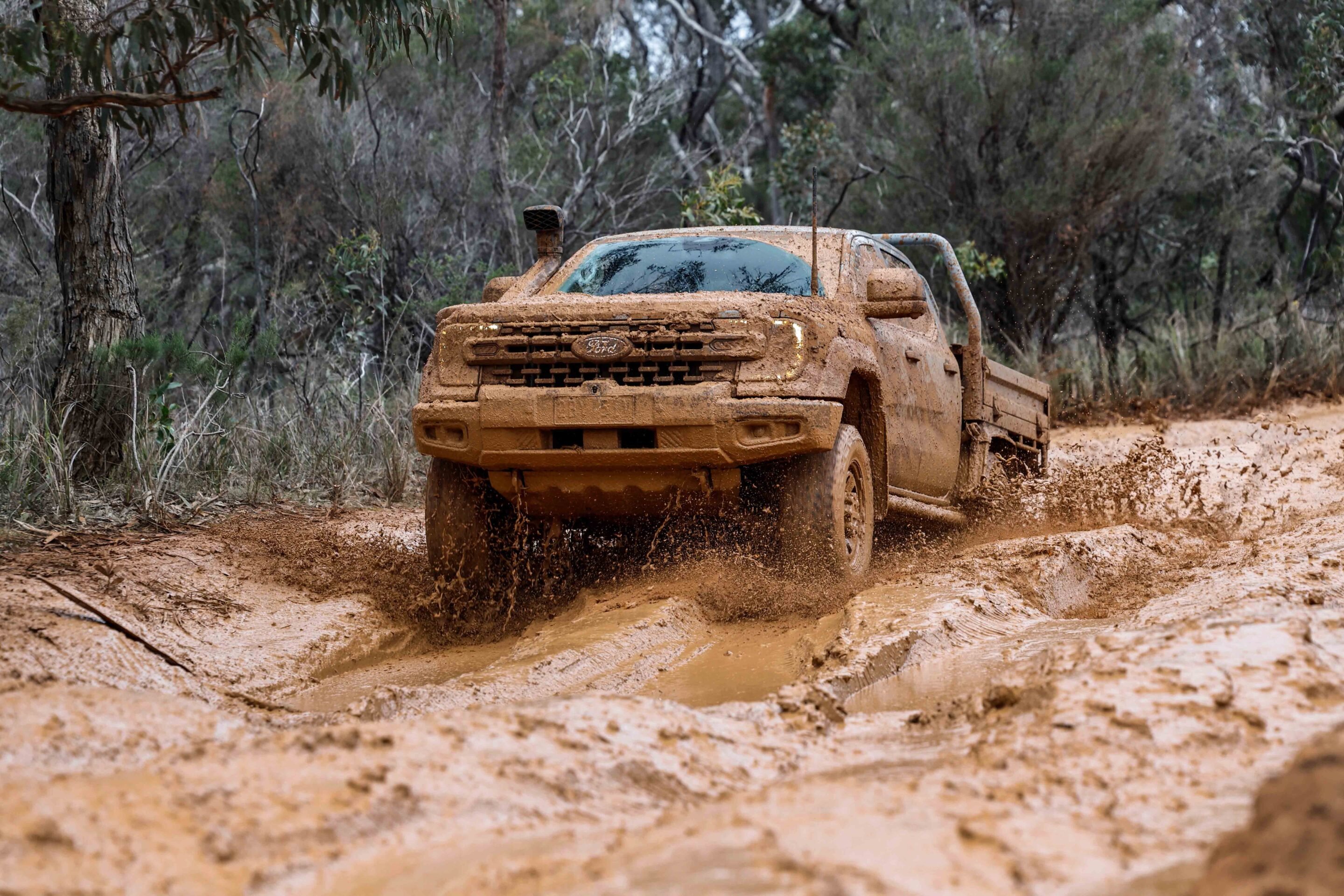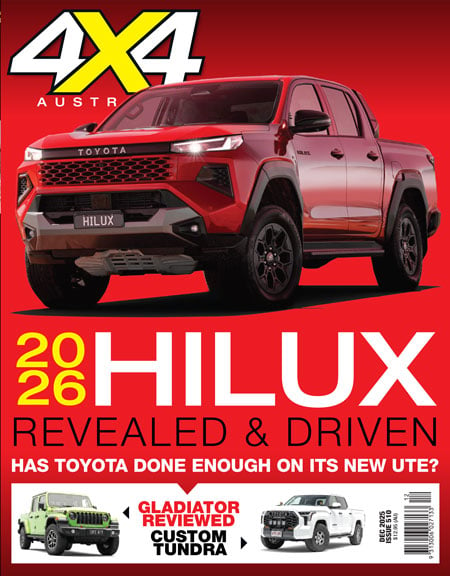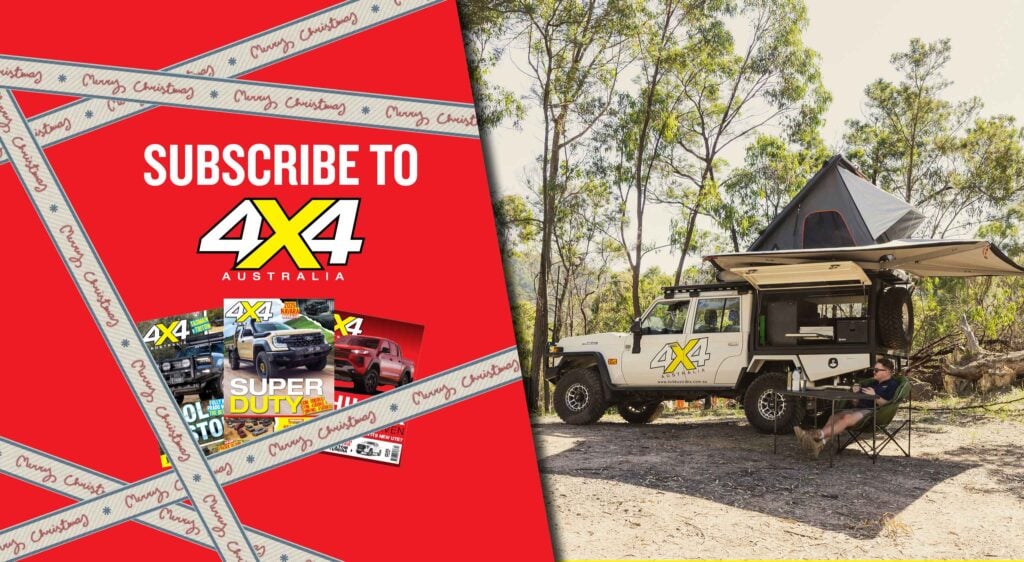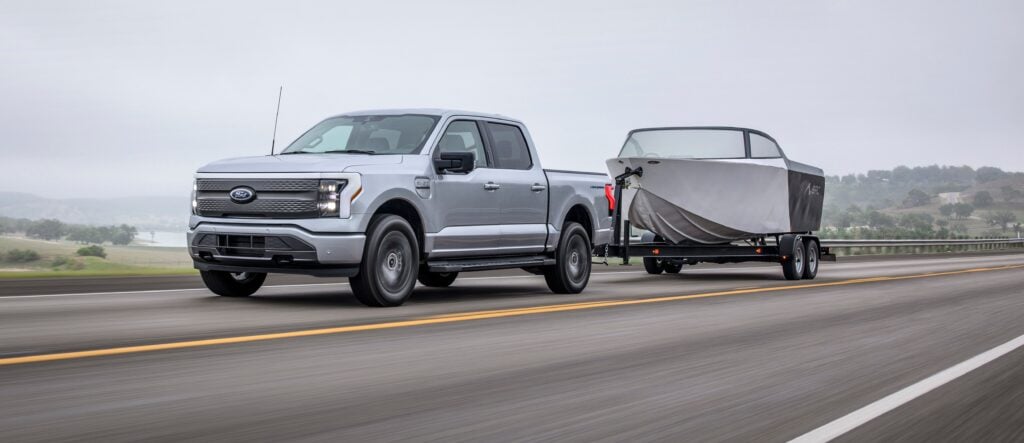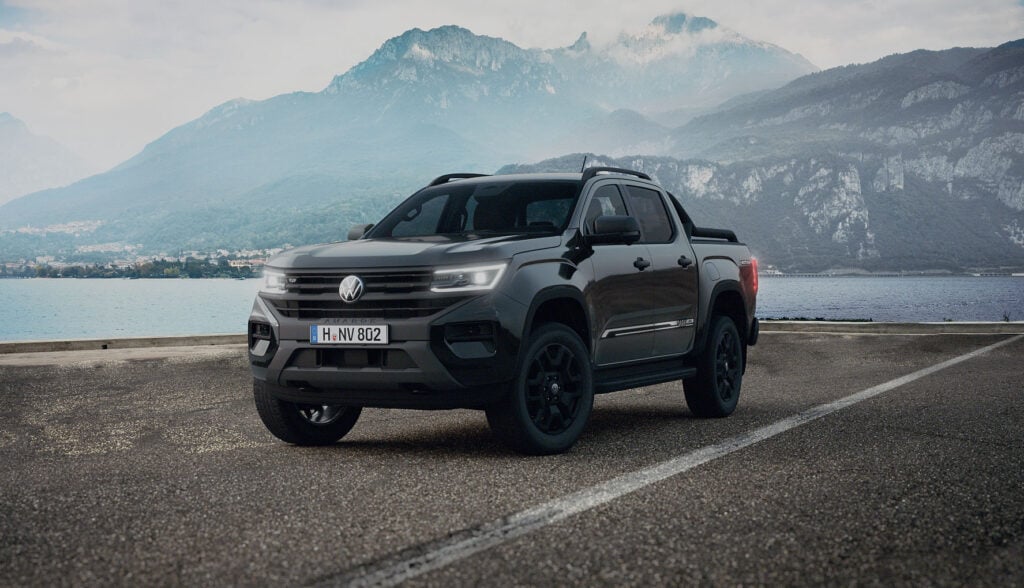Ford has thrown its upcoming Ranger Super Duty into a deliberately brutal mud test, with the so-called “mud-pack test” designed to replicate real-world, wet-weather punishment that can destroy components over time.
The test – created at Ford’s You Yangs Proving Ground in Victoria – involved repeatedly driving a pre-production model through a bespoke loop of deep ruts bog holes and sticky clay. The goal was simple, according to Ford: to pack on as much performance-sapping mud as possible.
As can be seen in the above video, Ford’s engineers repeatedly lapped the course to allow the mud to build up in layers. Over time, the truck was carrying more than 600kg of caked-on sludge – a weight that can strain critical components.
“Mud is one of a truck’s greatest enemies,” said Rob Hugo, product excellence and human factors supervisor at Ford Australia. “It can add significant weight, prevent airflow, and act as an insulator, causing components to heat up much quicker. It’s highly corrosive and can clog up fans and alternators, preventing them from running correctly.”
Ford says the point was to see what breaks when a vehicle is used hard and not cleaned between runs. The accumulated mud chokes airflow, adds load to moving parts, and tests every seal, clip and connector. Things snap, overheat or bind when they’re not designed for this kind of abuse.
For people who use their utes in clay pits, creek beds or work sites where the truck doesn’t get a wash between jobs, this kind of testing shows how the Super Duty handles real-world scenarios.
“Our mud-pack testing is a key part of our ‘Built Ford Tough’ validation,” Hugo added. “So, for the Ranger Super Duty, we knew we had to turn it up to 11. We packed more mud onto this vehicle during development than we ever have before.”
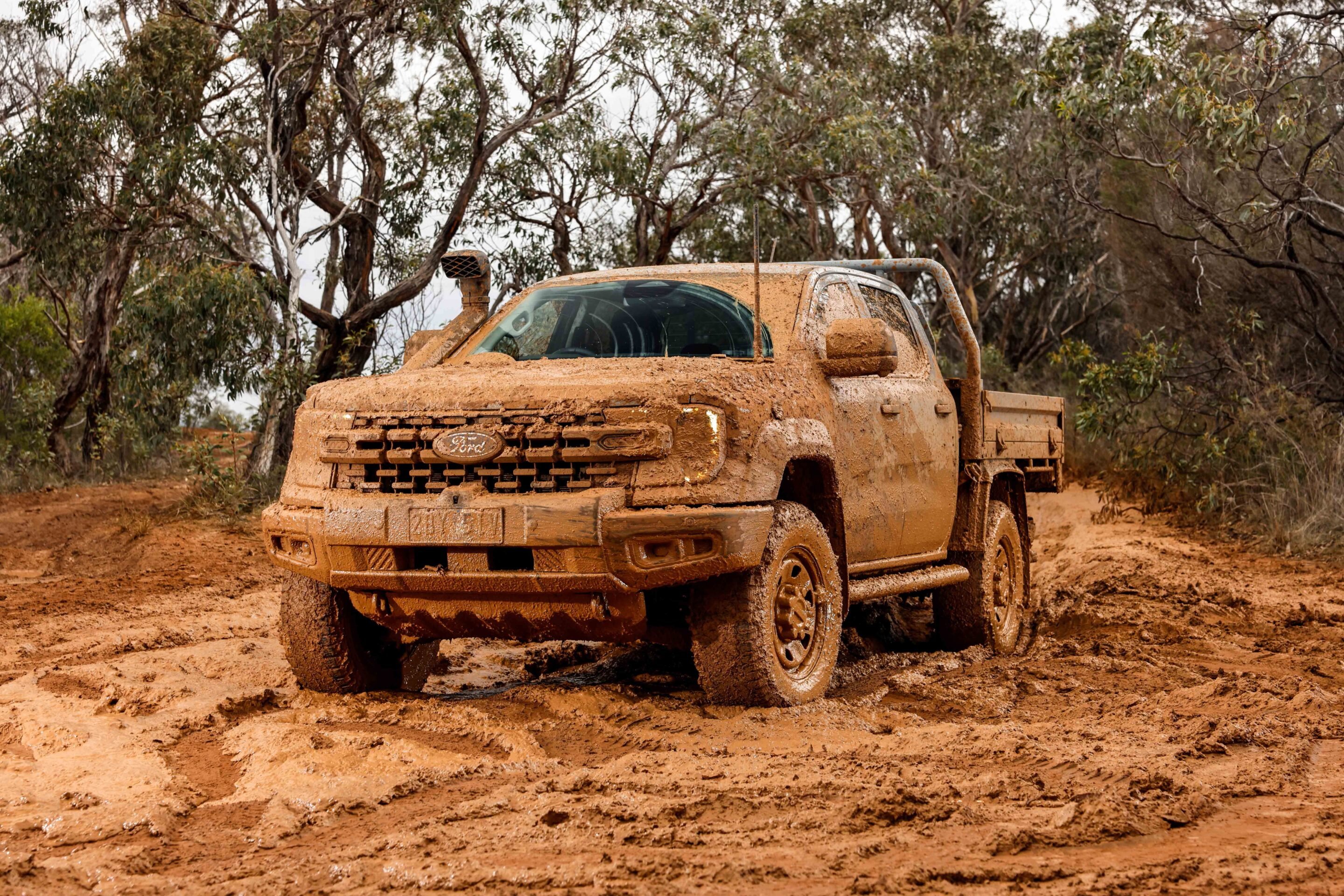
The upcoming Ranger Super Duty offers a 4500kg GVM, 4500kg towing capacity, and 8000kg GCM. The chassis has been reinforced with thicker rails, upgraded suspension mounts, heavy-duty axles and a 130-litre fuel tank.
Other features include a steel front bumper, underbody protection, front and rear diff locks, and a wider track. Power comes from an updated version of Ford’s 3.0-litre V6 turbo-diesel (154kW/600Nm), backed by a 10-speed automatic. The engine is tuned to meet Euro 6 emissions and uses AdBlue.
Cab-chassis models will be offered in single-, extra-, and dual-cab formats. Pricing is set at $82,990 for the single cab, $86,490 for the extra cab, and $89,990 for the dual cab (manufacturer list pricing, tray not included). XLT and pick-up variants will follow mid-2026, with pricing unconfirmed for these models.
We recommend
-
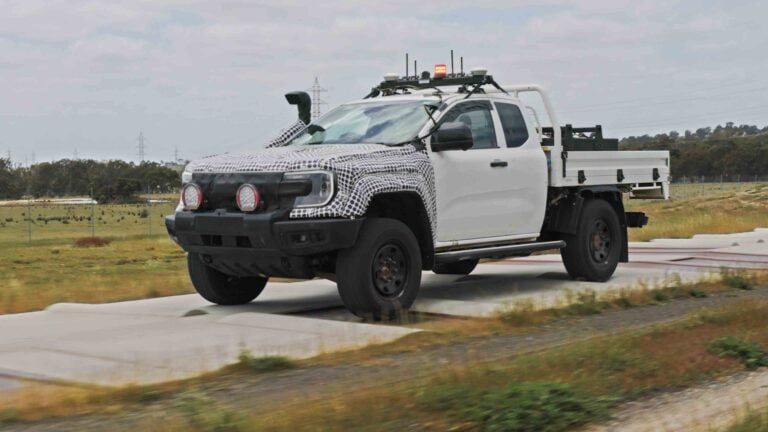 News
NewsRobot driver puts 2026 Ford Ranger Super Duty through brutal durability tests
Ford pushes its upcoming Ranger Super Duty to the limit with 24/7 robotic endurance testing
-
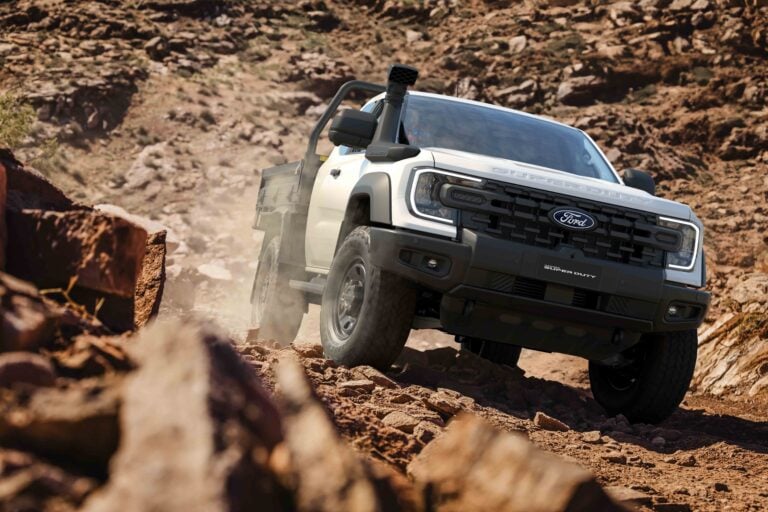 News
News2026 Ford Ranger Super Duty Cab-Chassis: Pricing, payload and towing power revealed
Ford Australia unveils pricing and key specs for the Super Duty Cab-Chassis, built to rival the LC79 with serious towing and payload capabilities
-
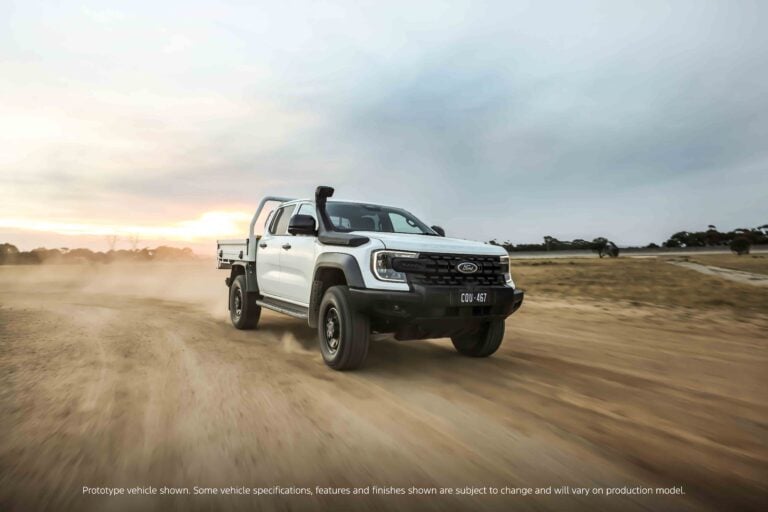 News
News2026 Ford Ranger Super Duty revealed: LC79 rival to launch early next year
The Ranger Super Duty set to arrive in three cab styles, as key details emerge ahead of its 2026 launch


